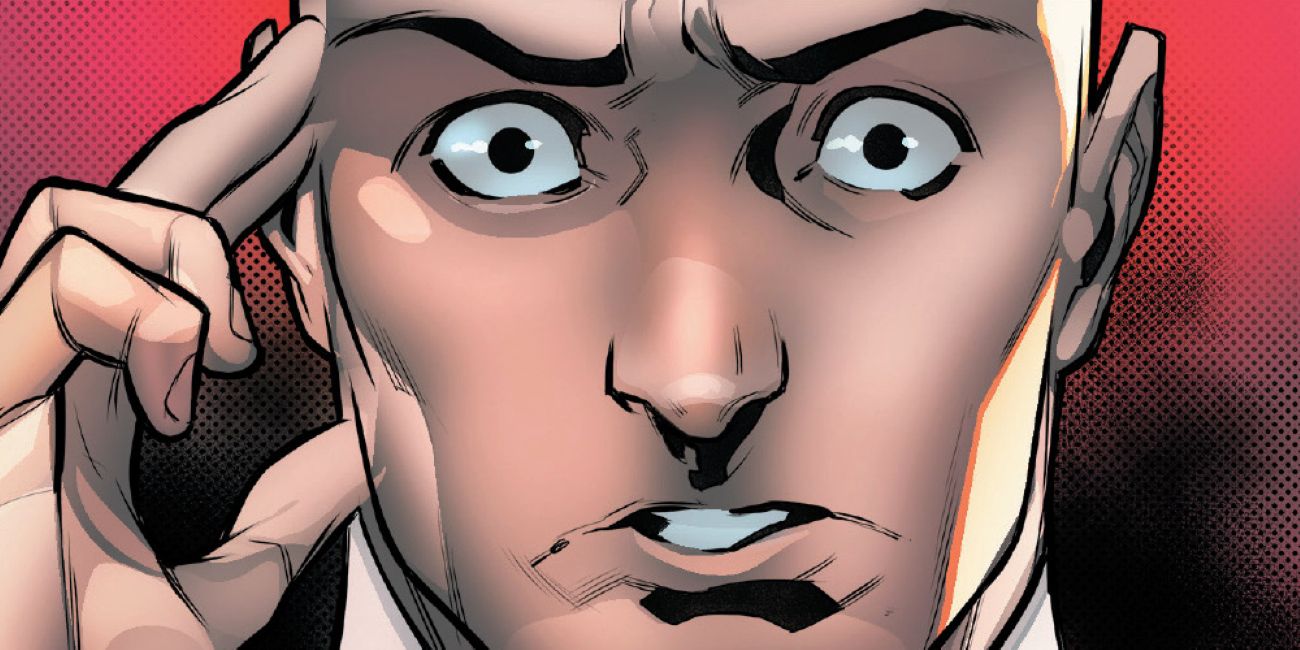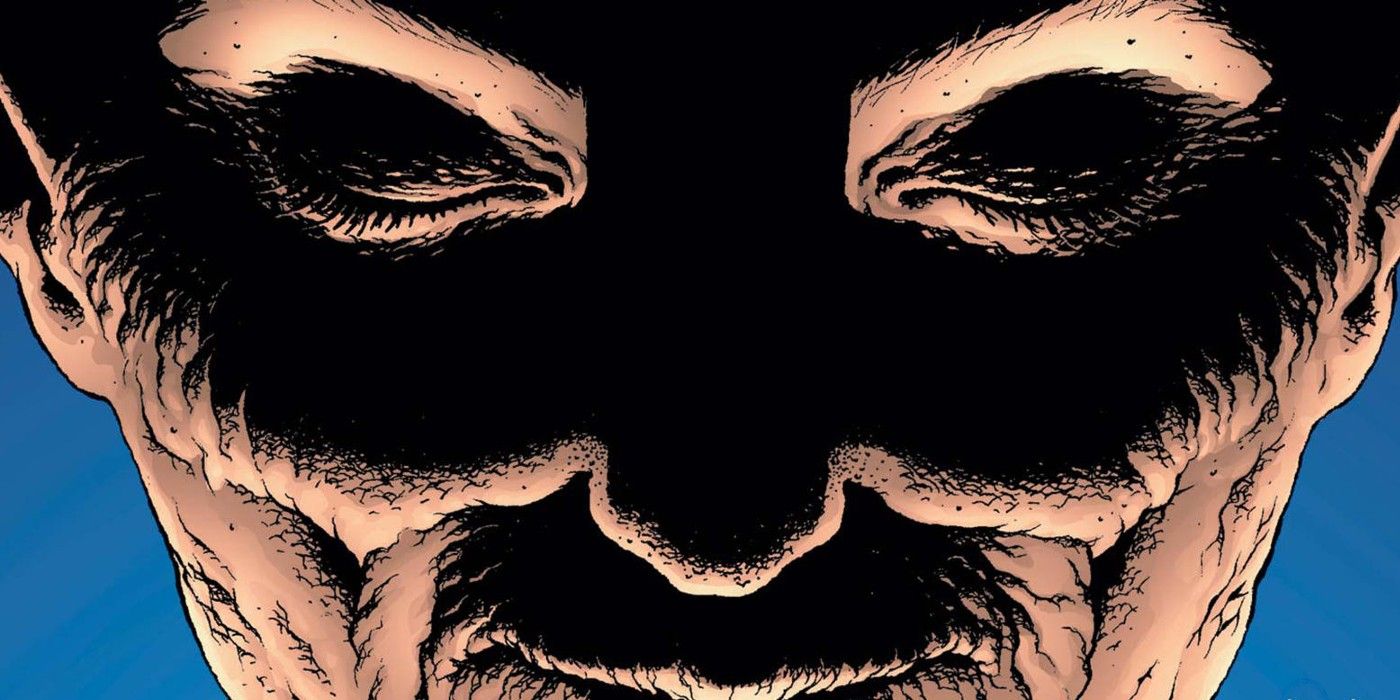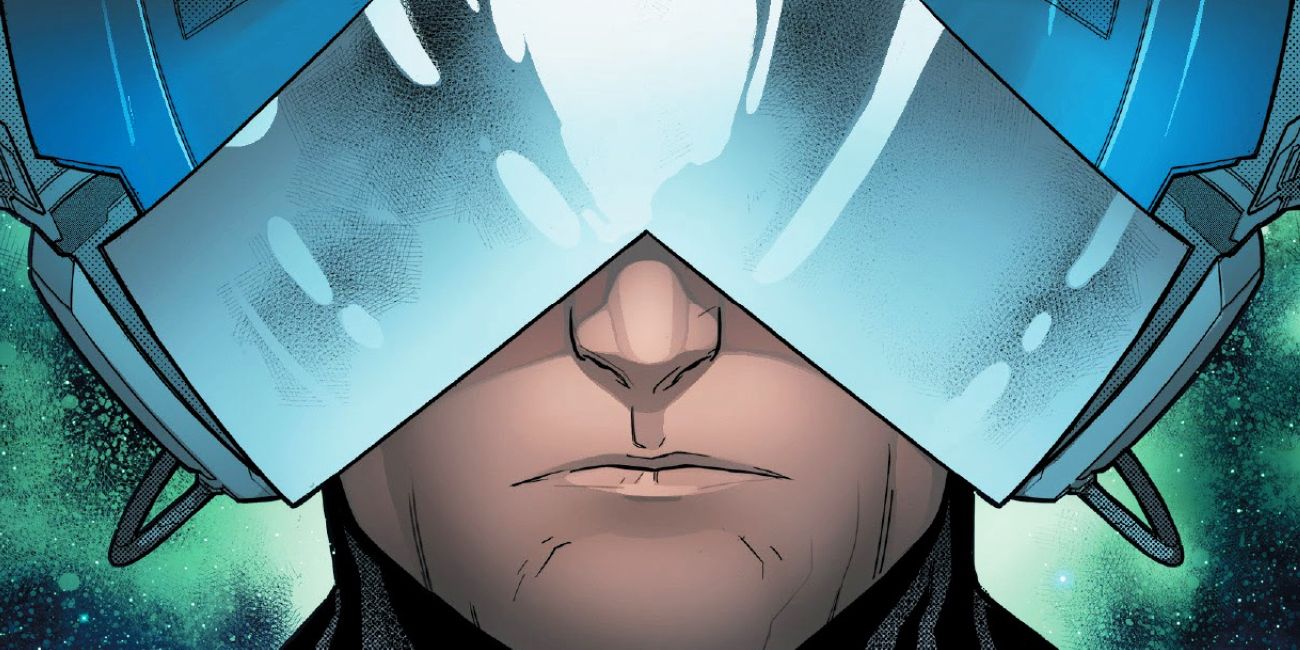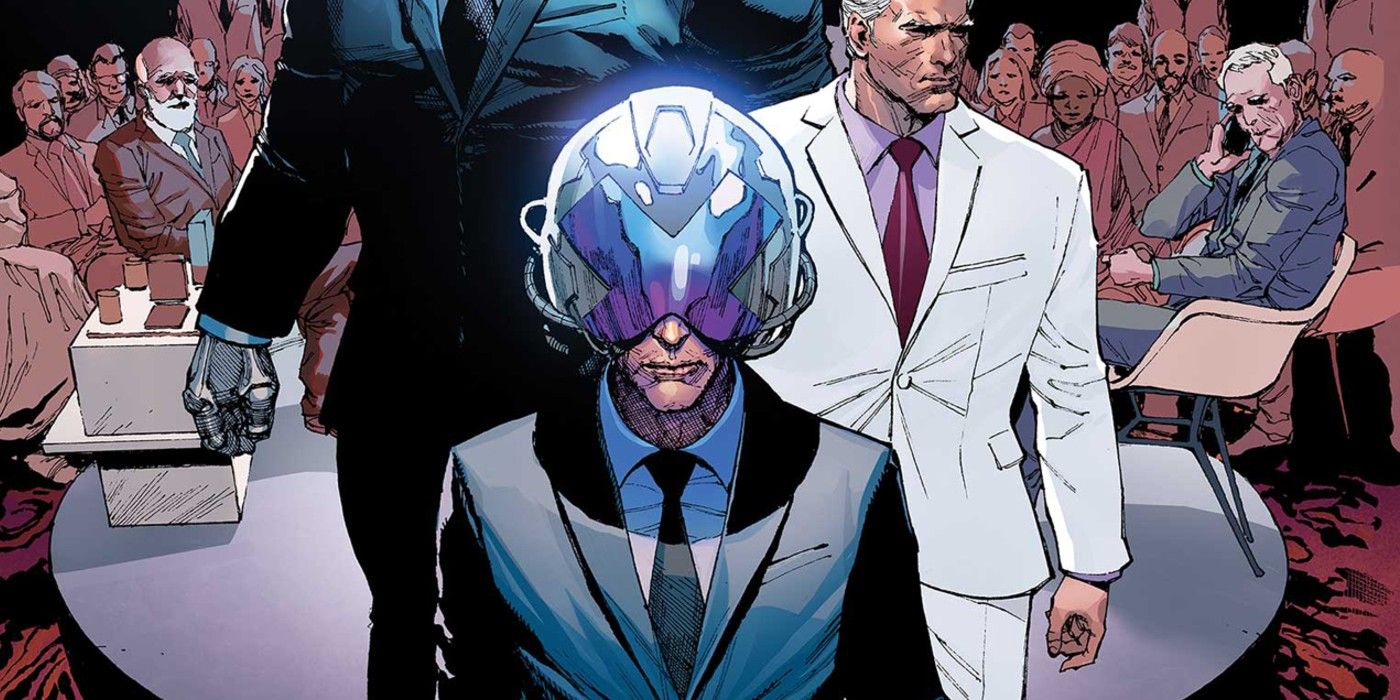As the founder of the X-Men and a mentor to countless young mutants over the years, Professor X (aka Charles Xavier) is one of the most principled figures in the Marvel Universe. Despite experiencing intense persecution on behalf of the mutant community, Charles has acted as a beacon of hope for the future of mutantkind. Often referred to as one of the most powerful mutants on Earth, Charles has immense telepathic powers, along with the ability to astral project.
Because he is a proponent for peaceful cooperation and coexistence between mutants and humanity, Charles has a firm "no killing" rule that separates his X-Men from the more radical Brotherhood of Evil Mutants. Indeed, even in founding the mutant nation of Krakoa, Charles made "murder no man" one of the core three laws of mutantkind. While his success with following through on this rule has been spotty, Charles nonetheless makes an effort to pursue nonviolent avenues first. But even someone as morally upstanding as Charles has a dark secret that contrasts his own public image, seen in Grant Morrison's New X-Men run.
This startling secret is twofold: Charles had a twin sister, and she died in utero not because of independent complications, but because he killed her with his own powers. Moreover, Charles's sororicide was not in cold blood, but in self-defense after his sister tried strangling him with his own umbilical cord. This was discovered by Jean Grey in New X-Men #121 after Charles's sister, using the name Cassandra Nova, resurfaced despite her apparent death (written by Grant Morrison, art by Frank Quitely, and lettering by Richard Starkings). Venturing into Charles' mind with Emma Frost as part of a psychic rescue, Jean bore witness to the twins' terrible showdown.
Cassandra Nova is Terrifying
Before going ahead further with the implications of Charles Xavier killing his sister, it is first necessary to outline who Cassandra Nova really is. While the X-Men have faced a number of formidable enemies over the years, almost none are quite as disturbing as Cassandra. Where Charles is generally altruistic, compassionate, and hesitant to use violence, Cassandra is hateful, megalomaniacal, and genocidal. Even after her apparent stillbirth, Cassandra's mind lived on, gradually building a body over the subsequent decades with her powers. She later hijacked the Sentinels created by Bolivar Trask and sent them to the mutant safe haven of Genosha, where she killed almost every mutant there. In short, Cassandra Nova offers an alternate image of Charles Xavier if he was evil.
Charles killing Cassandra in the womb presents a number of layers to his character. Not only does it demonstrate that Charles had his powers even in utero, but it offers a more complicated image of one of the X-Men's most central figures. Charles's nonviolent philosophy can be viewed as a reaction to the violence inflicted on him before he was even born. Though he seems to be relatively uncomplicated on the surface, Charles's conflict with Cassandra reveals how even mutants as fortunate as him are forced to make difficult moral decisions early on in their lives.
The Unseen Side Of Professor X
If anything, Morrison and artist Frank Quitely's character humanizes Charles by appearing as his deeply inhuman other. Charles is by no means a flawless character, having made many mistakes with the X-Men before. But his dogged dedication to peace can come across as quixotic and, at times, difficult to believe, given the sheer amount of prejudice mutants face for simply existing. Considering how the superhero genre is rooted in the fight between good and evil, it is always compelling for readers to see how morally upstanding characters become so committed to their particular cause. Cassandra's existence, then, proves that Charles's good nature does not exist in isolation, but in juxtaposition to his genetic double.
This is a fascinating distinction because it acknowledges Charles's own capacity for evil. After all, he was created in the same environment that yielded someone as evil as Cassandra. Morrison's view on morality for the X-Men emphasizes each individual's decision in how they choose to live their lives and use their powers. Charles's decision to create the X-Men for the good of both mutantkind and humanity reflects his conscious rejection of the evil embodied in Cassandra.
Additionally, Charles having to kill his own sister in utero imbues his character with a great amount of philosophical weight previously unseen in X-Men comics. Many people believe that humans are born inherently good, but Charles's actions while he was still unborn presents a moral conundrum because it is an inversion on the concept of original sin. On one level, it resembles the Biblical tale of Cain and Able, where Cain killed his brother, Abel. Morrison's story, however, reverses this dynamic: instead of being killed by Cain, Abel kills his sibling in self-defense. One could view this as Charles extinguishing his hateful impulses, but at great personal cost.
A Contradictory Hero
As a whole, the contradictions present in this side of Charles's character are in line with Morrison's vision of the X-Men; one that showed how the path to freedom was not a linear performance of heroism, but a struggle littered with morally-dubious moments. In breaking his number one rule before he was even born, Charles began life with an act that he swore to avoid repeating ever again, to varying levels of success. His experiences thus speak to the difficulties that mutants have with living in such a hateful world. Having no other option for their survival, mutants are pushed to do things they would never want to do. This particular arc illustrates just how difficult it can be to try to be good in a world defined by so much evil.
Grant Morrison's New X-Men boldly took on expanding how mutants faced everyday persecution, from bigoted humans as well as from sinister entities such as Cassandra Nova. The discovery of Charles's twin sister complicated his image as the ultimate model of goodness for the X-Men, proving that darkness can develop in the same places at the light. As Professor X's story demonstrates, the two cannot exist in the absence of each other.




